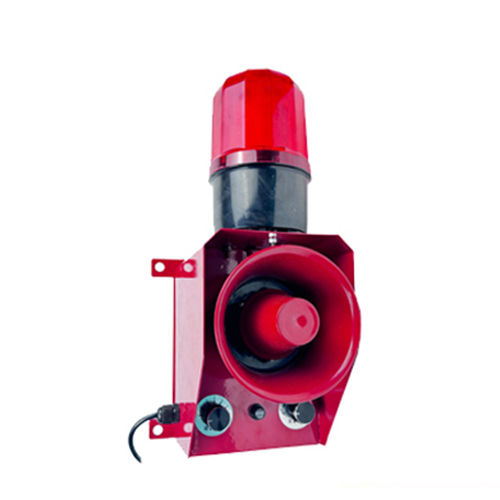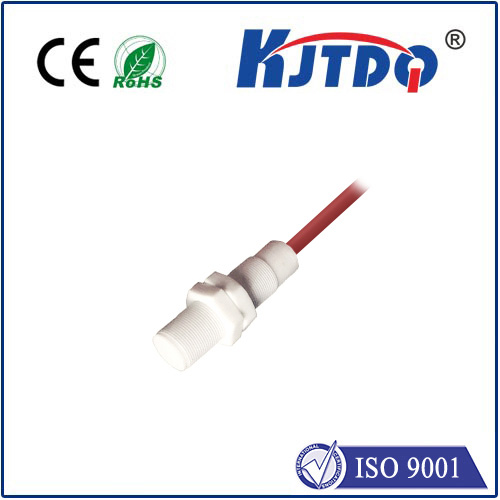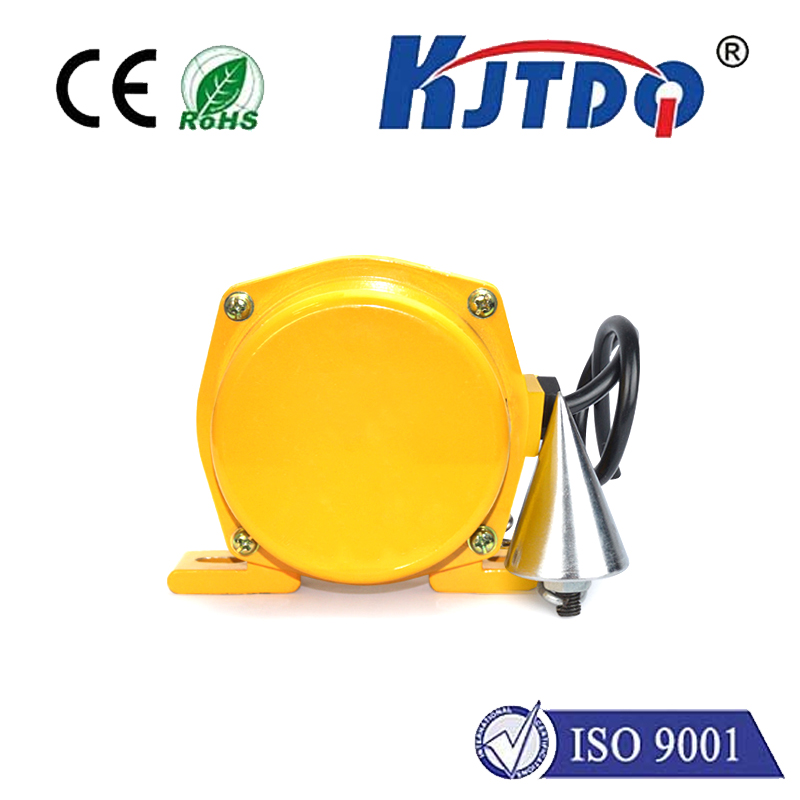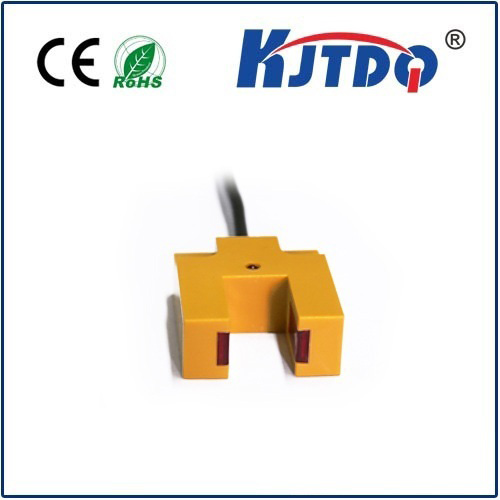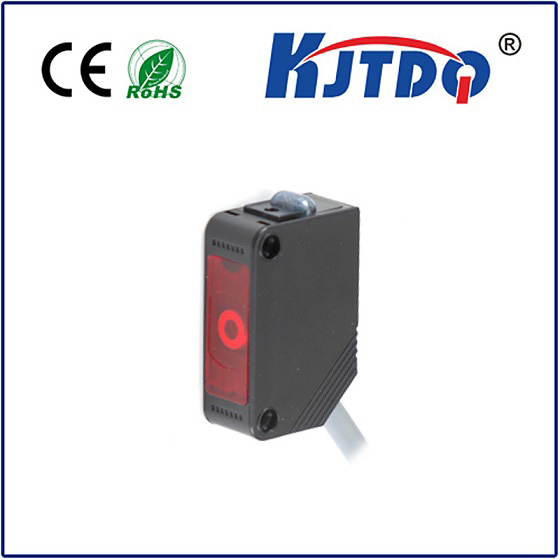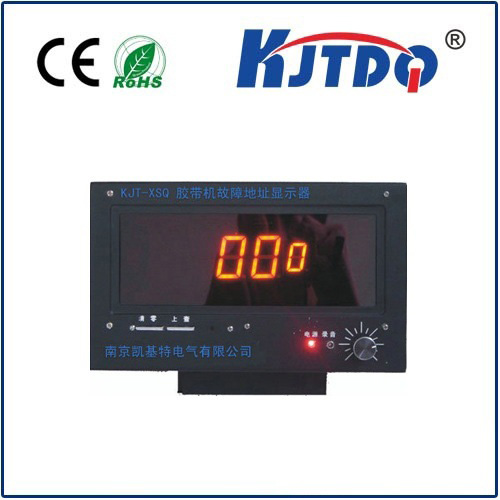The Future of Cooling: How Proximity Sensor Refrigerators Are Transforming Kitchens
Imagine walking into your kitchen late at night, your hands full with groceries, and your refrigerator door silently swinging open before you even touch it. This isn’t science fiction—it’s the reality powered by the latest innovation in home appliances: the proximity sensor refrigerator. As modern life demands greater convenience and efficiency, this smart technology is revolutionizing how we interact with our kitchens. In an era where appliances are becoming smarter, proximity sensor-equipped fridges stand out by blending cutting-edge engineering with everyday practicality. By detecting your approach and responding automatically, they eliminate fumbling for handles in the dark. But beyond the cool factor, what makes these devices a must-have for contemporary homes? This article dives into the workings and wonders of this emerging trend, highlighting how proximity sensors enhance convenience, slash energy waste, and elevate your culinary experience.

At its core, a proximity sensor refrigerator uses infrared or ultrasonic sensors to identify when a person is nearby. These sensors, often positioned near the door, continuously scan the environment. When you step within a certain range—typically a few feet—they trigger an action without any physical contact. For instance, the interior LED lights might illuminate automatically, casting a soft glow on your ingredients. In advanced models, this can extend to hands-free door opening, where a gentle motion of your hand activates the mechanism. This technology isn’t just about flashy features; it addresses common frustrations with traditional refrigerators. Think of those moments when you’re juggling dishes or have messy hands—suddenly, you can access your food without smudging surfaces or wasting time. Proximity sensors represent a leap toward truly intuitive appliances, integrating seamlessly into smart home ecosystems like those controlled by voice assistants or apps.
The primary advantage of these fridges lies in their energy efficiency. Traditional refrigerators consume extra power each time the door is left open unnecessarily, as warm air rushes in and forces the compressor to work harder. Proximity sensors mitigate this by minimizing open-door time. Since the door only opens when you’re nearby and ready, it reduces the frequency and duration of exposure. Studies suggest this can cut energy consumption by up to 20%, translating to lower electricity bills and a smaller carbon footprint. This aligns with global trends toward sustainable living, where smart appliances play a pivotal role. Moreover, the touchless operation enhances hygiene, as you avoid transferring germs from hands to handles—a feature that gained prominence post-pandemic. Whether you’re storing leftovers or grabbing a quick snack, proximity sensors ensure your fridge remains a cleaner, more efficient hub in your home.
In terms of daily convenience, proximity sensor refrigerators shine by adapting to diverse lifestyles. For busy families, the automatic lighting simplifies late-night pantry raids, eliminating the need to hunt for switches. Parents appreciate the safety aspect; with doors that open smoothly on detection, there’s less risk of accidents involving curious children. Professionals working from home benefit from the quick, silent access, allowing them to refuel during video calls without disruption. Plus, these fridges often come paired with other innovations like temperature monitors or Wi-Fi connectivity, enabling real-time alerts if the door is ajar or supplies are low. Brands like Samsung and LG have led this charge, incorporating proximity sensors into their premium lines—proof that this technology is gaining mainstream traction. As more households seek appliances that save time and effort, the demand for these smart solutions is soaring, with experts predicting a surge in market adoption over the next decade.
Of course, adopting a proximity sensor refrigerator isn’t without considerations. Initial costs can be higher than conventional models, as the added tech involves sophisticated components. However, the long-term savings from reduced energy use often offset this, making it a wise investment. Some users report minor learning curves, such as adjusting to the sensor’s range settings, but manufacturers provide customization options for personalized experiences. Crucially, this innovation doesn’t stand alone; it integrates with broader smart home trends, promising compatibility with future upgrades like AI-driven food management. Proximity sensors are redefining what it means to have a futuristic kitchen, turning mundane chores into effortless interactions. As these devices become more accessible, they’re poised to transform not just refrigeration but the entire home environment.
Embracing proximity sensor refrigerators is more than a trend—it’s a step toward smarter, greener living. By combining intuitive design with functional benefits, they cater to the evolving needs of tech-savvy consumers. As you consider upgrading your kitchen, think beyond cold storage; this technology promises a harmonious blend of innovation and practicality.
